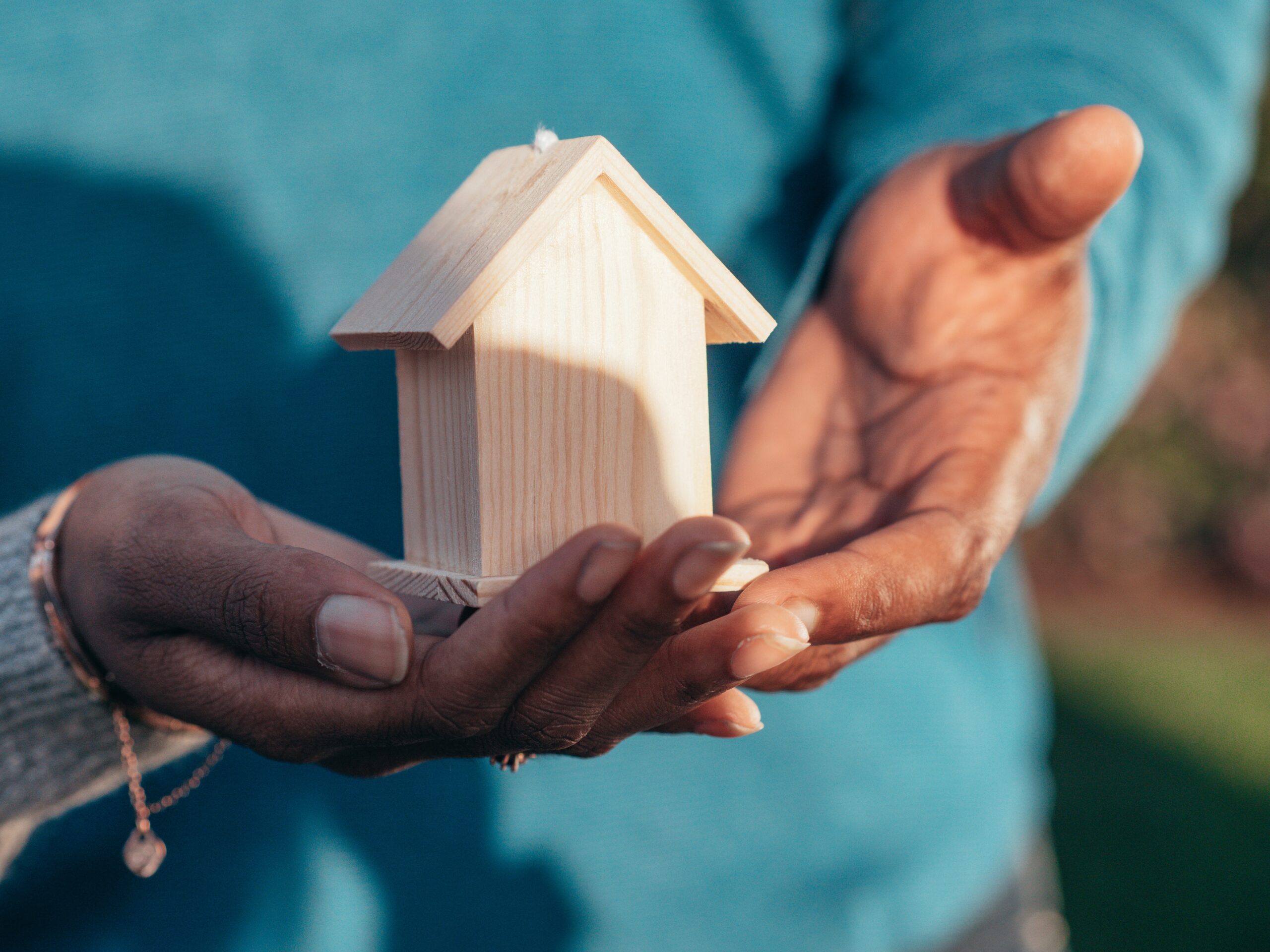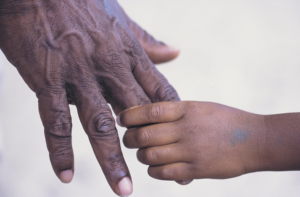In the journey towards successful reintegration, stable housing plays a pivotal role. Housing insecurity, characterized by unstable living conditions, lack of affordable options, and homelessness, poses a significant challenge for individuals reentering society after incarceration. In this blog, we will delve into the struggle to secure stable housing, its importance in successful reintegration, and the undeniable link between housing instability and recidivism rates.
The Struggle to Secure Stable Housing
For individuals who have served their time and are eager to rebuild their lives, finding a stable place to live often proves to be a daunting task. The stigma attached to a criminal record can make landlords hesitant to rent to them, leading to rejection and a cycle of frustration. Moreover, the financial strain that comes with reentry—such as parole fees, restitution, and lack of job opportunities—compounds the difficulty of affording suitable housing.
Stable housing is more than just a roof over one’s head; it provides a foundation for a successful transition back into society. The stability of having a place to call home can facilitate the process of finding employment, accessing essential services, and building a support network. Without this stability, individuals may find themselves caught in a web of challenges that hinder their reintegration efforts.
Richard Mireles @PrisonPostHost of @CROPOrg1 reminds us of the importance of RUN priority bill #AB745, a bill that creates the housing, job training, and support for those who are formerly incarcerated. https://t.co/H4lDJG8Yoz pic.twitter.com/USMQCULuhd
— ResidentsUnitedNtwrk (@ResidentsUnited) May 9, 2023
The Vicious Cycle: Housing Instability and Recidivism
Research has shown a clear correlation between housing instability and higher recidivism rates. When individuals lack stable housing, they face a greater risk of falling back into criminal behavior due to the stress, lack of structure, and exposure to negative influences associated with homelessness or unstable living conditions. The desperation of their circumstances can lead them to engage in illegal activities for survival.
Moreover, the revolving door of incarceration exacerbates housing insecurity. Individuals released from prison without stable housing are often left with no choice but to return to their old neighborhoods or unstable living arrangements, increasing their likelihood of re-offending. This vicious cycle perpetuates the cycle of recidivism and strains the criminal justice system.
Addressing Housing Insecurity: Steps Forward
Efforts to mitigate the impact of housing insecurity on recidivism rates are crucial for successful reintegration. Here are some strategies that can make a difference:
- Housing Assistance Programs: Collaborations between reentry programs, nonprofits, and government agencies can provide housing assistance specifically tailored to individuals with criminal records.
- Fair Housing Policies: Implementing and enforcing fair housing policies that prohibit discrimination based on criminal history can help individuals with records secure housing.
- Reentry Support Services: Comprehensive reentry programs should include housing support as a fundamental component, helping individuals access stable housing upon release.
- Employment Opportunities: Increasing access to job training and employment opportunities can improve financial stability and make housing more attainable.
- Community Engagement: Building community networks that support reentering individuals can help them find stable housing options and avoid negative influences.
A Challenge for Reintegration

Housing insecurity poses a formidable challenge to successful reintegration, impacting both the individuals striving to rebuild their lives and society as a whole. Recognizing the pivotal role of stable housing in breaking the cycle of recidivism is essential for developing effective reentry strategies. By addressing the issue of housing instability, we can pave the way for brighter futures, reduce recidivism rates, and create a more inclusive and equitable society.
To read more stories of hope and transformation, come back every week at www.getfreeandstayfree.com and follow us on social media by clicking on the icons below!




